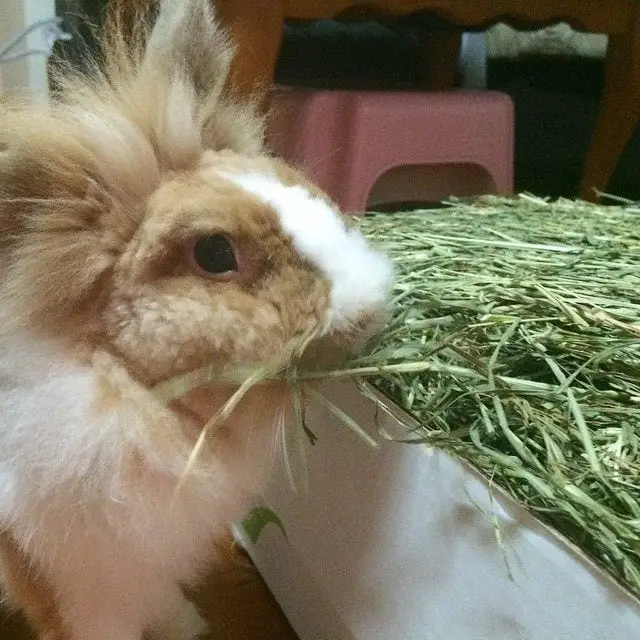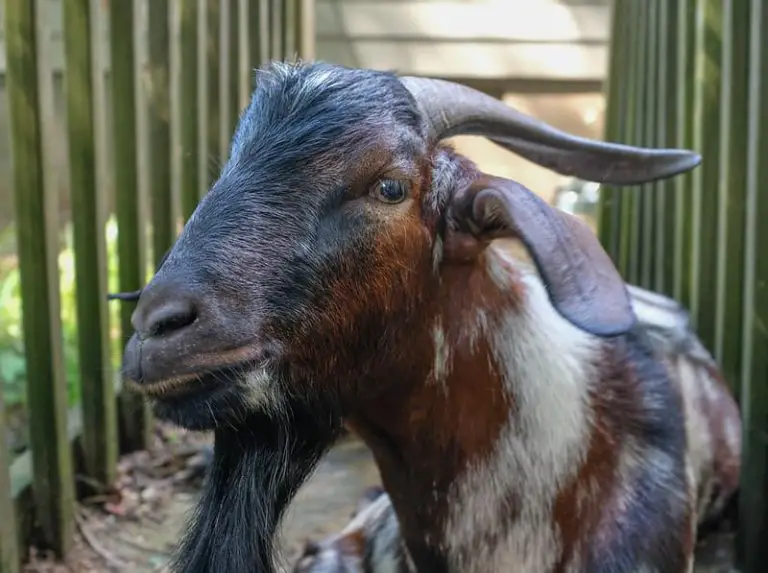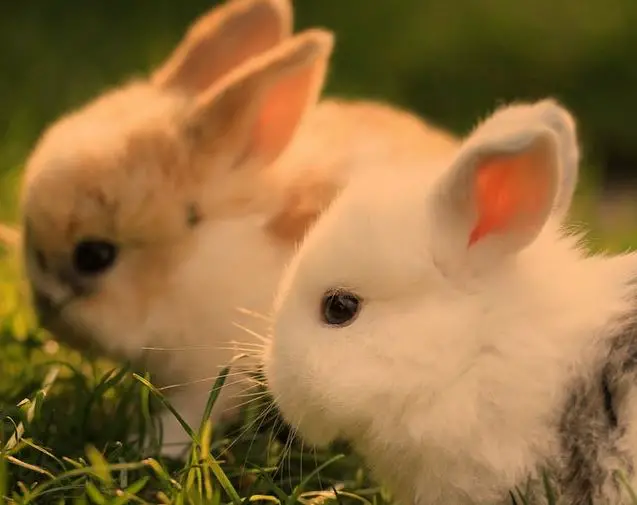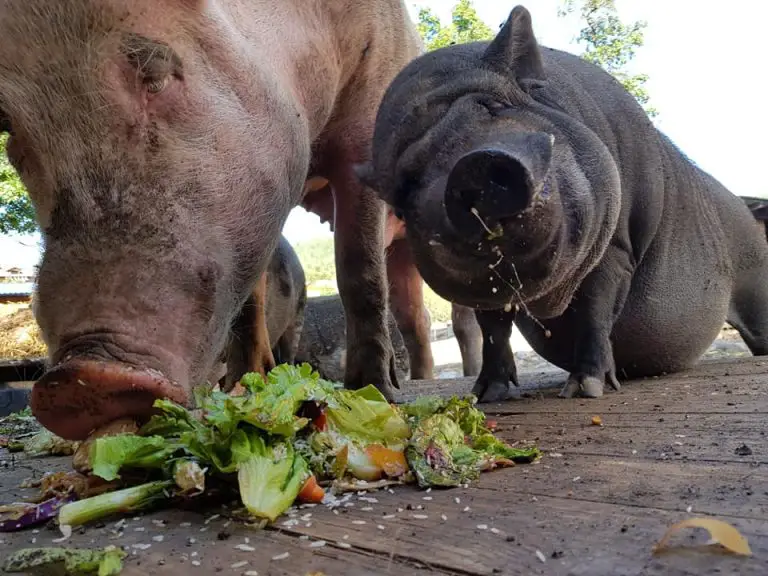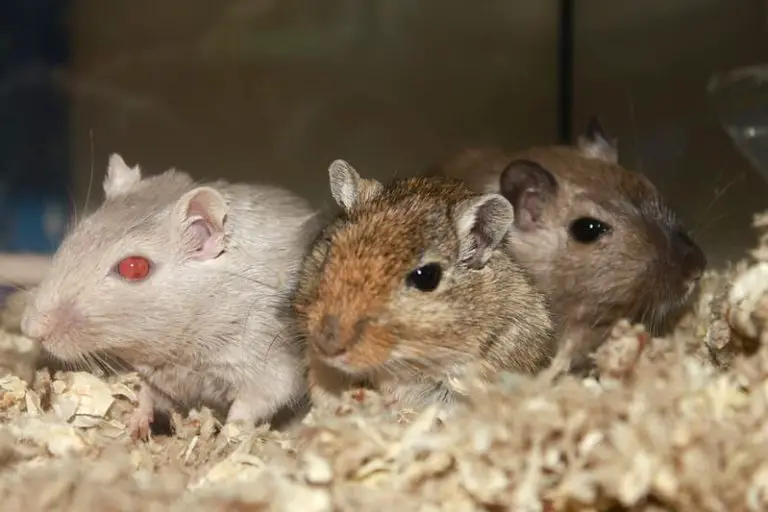How Do Cows Produce Milk All The Time? (Solved)

Most people have the perception that cows can give milk all the time without stopping, but, just like humans, cows only give milk when their calf is born.
So how is it possible that the cow keeps giving milk practically non-stop?
As soon as a young animal is born, milk is produced, but the calf hardly gets any. It is separated from the mother after a few days, for whom the lactation period is far from over. The cow can give milk for 350 days or more, that is practically a whole year.
Shortly after calving, milk production increases sharply, peaks at seven weeks, and remains at a high level for about two months.
To ensure this is repeated, a high-yielding cow is artificially inseminated again two to three months after calving.
While she continues to produce for her calves, she is pregnant again. The next calf arrives nine months later; before that, the udder undergoes a six-week recovery period.
After the second or third calving, the milk is even more productive. Calculated over the course of the year, the cow gives up ten to twenty times her body weight in milk, which puts an enormous strain on the metabolism, especially shortly after calving.
This can lead to metabolic diseases or udder infections.
It is then that a new generation of cows repeats the process after three years of non-stop milk production.
Do cows have to be pregnant to produce milk?
Mammals do not have milk until they give birth, and dairy cows are no exception. The longest milk production period for dairy cows is two years. If the quality of dairy cows is not good, it will only take a few months.
However, the dry period for dairy cows is relatively short. There will be no milk until two months before calving.
Cows are pregnant for 282 days, a period equal to that of humans, which translated into months would be 9.
Can a cow produce milk without having a calf?
Naturally, it is not possible for a cow to produce milk without having a calf, as this is not part of her biological natural process.
Mammals generally produce milk during their childbearing period, and the purpose of milk production is to provide food for the offspring. Cows are also mammals, and they produce milk because they have babies of their own.
In order to keep the cows healthy, the cow mother will stop producing milk in the last two months of pregnancy and take a good rest, which is equivalent to the maternity leave of the cow mother.
Are cows kept artificially pregnant?
Dairy cows are not perceived as living beings whose needs are similar to those of humans, but as simple production units.
In order to be used by the industry, they are subjected to a lifelong pregnancy and lactation cycle. Long-term pregnancy begins for cows at two years of age.
They are artificially fertilized every year and are almost continuously pregnant to produce milk on a continuous basis.
If they are nine months pregnant, they give birth. Their young are taken from them shortly after birth, which is always traumatic for these very social and sensitive animals.
Cow calves are not allowed to drink their mothers’ milk because their digestive organs are not prepared for the high fat content of the mothers’ milk and the risk of infection would be too high.
In addition, the suckler cows’ milk production could decrease and a successful “follow-up insemination” could be delayed.
Stages of milk production in a cow
In the growth process, a cow goes through the rearing period, is fed milk, and is weaned after 2 months. This is called the weaning period.
She starts eating concentrate and grass, and then goes through adolescence (3-14 months later), dairy cows will start breeding (14-24 months).
Generally, they start calving at 24 months of age and enter the lactation period. they usually expect to produce after 300 days of milk production.
The gestation cycle of a cow is 9 months, and then she starts lactating after giving birth to a calf. The lactation cycle is divided into early phase, peak phase, middle phase and late phase.
If the cow is unable to become pregnant again and give birth to a calf at term, her milk production will gradually decrease and she will eventually stop lactating.
Today’s high-yielding dairy cows are bred through continuous selection and breeding by humans, and the lactation cycle can be up to 1 year or even longer.
Dairy cattle breeders strive to get cows pregnant as early as possible to improve their efficiency.
What do they do with old dairy cows?
As a result of keeping, malnutrition, and the overuse of permanent pregnancy and milk production, most cows are so “used up” after five years that they have become “worthless”.
As they no longer provide enough milk to be profitable, they are usually culled at this early age.
A cow that does not produce 7,000 kilograms of milk during her first lactation phase ends up immediately at the slaughterhouse because her future milk yield would be too low. Her natural life expectancy would be 15 to 30 years.
The nutrients necessary for the enormous metabolic movement produced by the large amount of milk supplied by the cow cannot be supplied even by concentrated feedstuffs, so these are continuously extracted from the animals’ bodies.
The associated rumen over-acidification and other metabolic disorders, as well as calcium loss, completely exhaust the cows within a few years. Because that they produce as much milk as possible in the shortest possible time is the basis of profit for dairy farmers.

